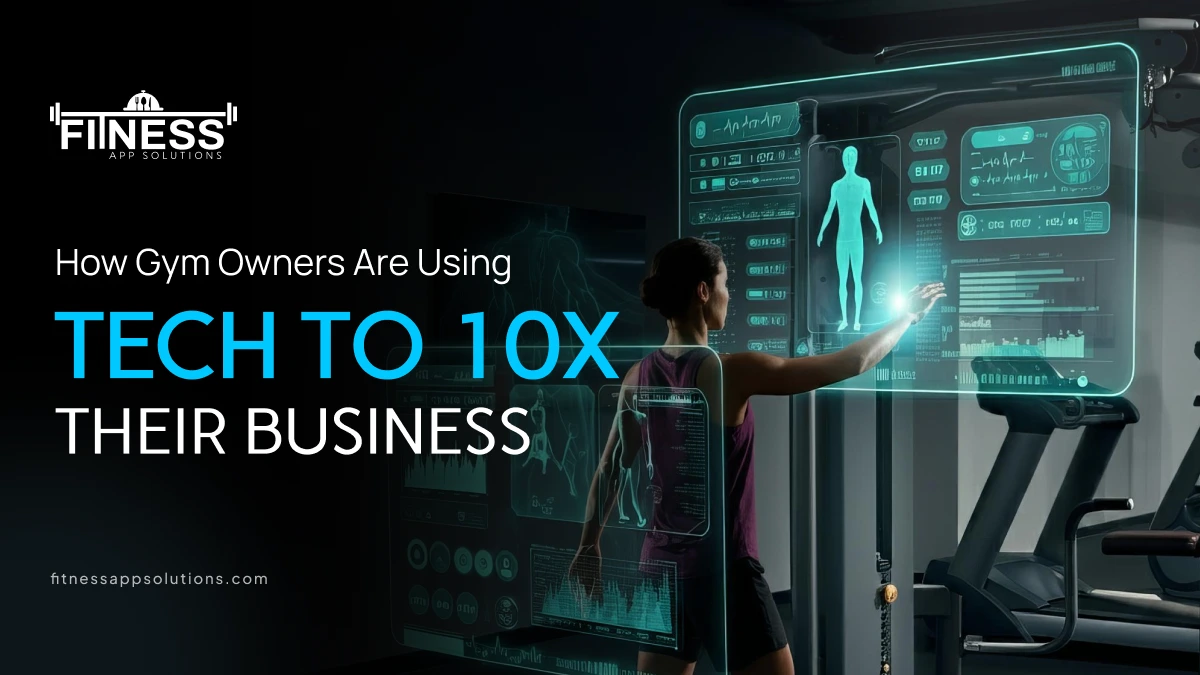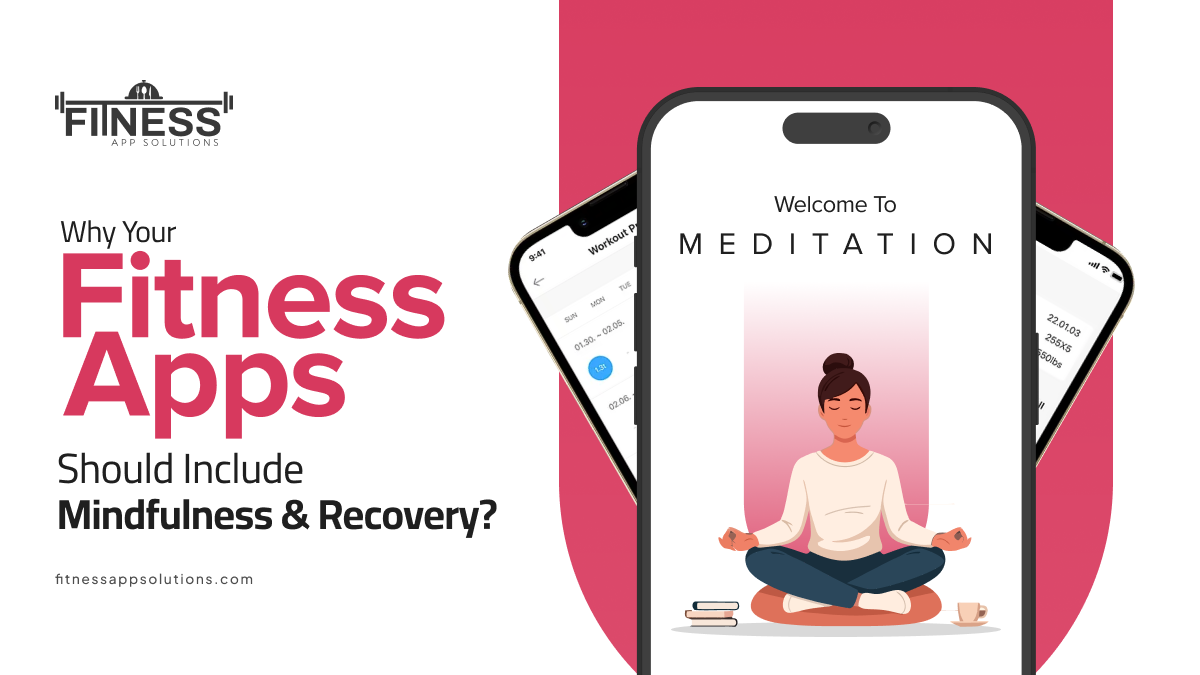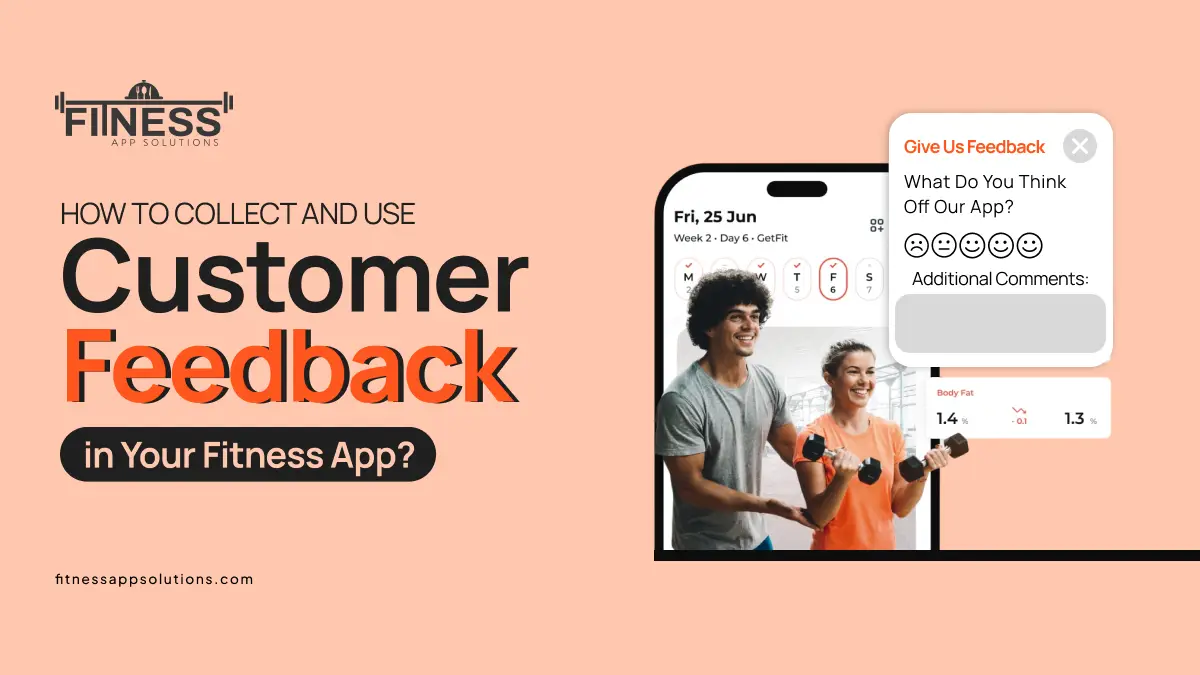The fitness industry is undergoing a significant transformation driven by technological advancements, changing consumer preferences, and a growing emphasis on health and wellness. Today we are seeing a variety of trends that will redefine how we approach fitness, gym experiences, and overall well-being for gym business growth. This blog will explore the top gym trends shaping the fitness industry in 2025, drawing insights from various sources and expert opinions, and enhancing gym membership retention.
How to grow your gym business While Using Various Technologies?

1. The Rise of Smart Gyms
One of the most significant trends in the fitness industry is the emergence of smart gyms for gym business growth. These facilities leverage advanced technology to enhance the workout experience, making it more personalized and efficient. Smart gyms utilize Internet of Things (IoT) devices, artificial intelligence (AI), and data analytics to track members’ progress, provide tailored workout plans, and optimize gym operations.
Key Features of Smart Gyms
-
Wearable Technology Integration:
Smart gyms will increasingly integrate with wearable devices, allowing members to track their heart rate, calories burned, and other vital metrics in real-time. This data can be used to adjust workouts on the fly, ensuring that members are getting the most out of their sessions.
-
AI-Powered Personal Training:
With the help of AI, gyms can offer personalized training programs that adapt to individual fitness levels and goals. Virtual trainers can provide real-time feedback and motivation, making workouts more engaging and effective.
-
Data-Driven Insights:
Smart gyms will collect and analyze data on member behavior, preferences, and performance. This information can be used to improve gym services, enhance member retention, and create targeted marketing strategies.
2. Virtual and Augmented Reality Workouts
Virtual reality (VR) and augmented reality (AR) are set to revolutionize the way we experience fitness. These technologies can create immersive workout environments that make exercising more enjoyable and engaging.
Benefits of VR and AR in Fitness
-
Enhanced Engagement:
VR and AR can transport users to different environments, such as a serene beach or a bustling city, making workouts feel less like a chore and more like an adventure.
-
Gamification of Fitness:
By incorporating game-like elements into workouts, VR and AR can motivate users to push their limits and achieve their fitness goals. Users can compete against friends or other gym members in virtual challenges, adding a social aspect to fitness.
-
Accessibility:
VR and AR workouts can be accessed from home, making fitness more accessible to those who may not feel comfortable in a traditional gym setting. This trend is particularly important as more people seek flexible workout options.
3. Hybrid Fitness Models
The COVID-19 pandemic accelerated the adoption of hybrid fitness models, which combine in-person and virtual training. This trend is expected to become the norm, as gyms offer a variety of options to cater to diverse member preferences for gym business growth.
Components of Hybrid Fitness Models
-
In-Person Classes:
Traditional group classes will continue to be a staple of gym offerings, providing members with the motivation and camaraderie that comes from working out together.
-
On-Demand Virtual Classes:
Gyms will offer a library of on-demand classes that members can access anytime, anywhere. This flexibility allows individuals to fit workouts into their busy schedules.
-
Live Streaming Options:
For those who prefer the energy of a live class but cannot attend in person, gyms will provide live streaming options, allowing members to participate from home while still feeling connected to the class.
4. Focus on Mental Health and Wellness
As awareness of mental health continues to grow, gyms are increasingly recognizing the importance of holistic wellness. We can expect fitness facilities to offer a range of services that address both physical and mental well-being.
Integrating Mental Health into Fitness
Mindfulness and Meditation Classes: Gyms will incorporate mindfulness practices, such as yoga and meditation, into their class offerings. These practices can help reduce stress, improve focus, and enhance overall well-being.
-
Mental Health Resources:
Fitness facilities may partner with mental health professionals to provide resources and support for members struggling with mental health issues. This could include workshops, counselling services, and support groups.
-
Community Building:
Creating a sense of community within the gym can foster social connections and support networks, which are essential for mental health. Gyms will focus on building inclusive environments where members feel valued and connected.
5. Sustainable Fitness Practices
As environmental concerns continue to rise, the fitness industry is taking steps to become more sustainable. By 2025, we can expect gyms to adopt eco-friendly practices that minimize their environmental impact.
Sustainable Initiatives in Gyms
-
Energy-Efficient Equipment:
Gyms will invest in energy-efficient machines that reduce electricity consumption. Some facilities may even implement systems that harness energy generated by workouts to power the gym.
-
Eco-Friendly Facilities:
From using sustainable building materials to implementing recycling programs, gyms will prioritize environmentally friendly practices in their operations.
-
Promoting Active Transportation:
Gyms may encourage members to walk, bike, or use public transportation to reach the facility, reducing carbon emissions and promoting a healthier lifestyle.
6. Personalized Nutrition and Wellness Plans
Nutrition plays a crucial role in fitness, and gyms will increasingly offer personalized nutrition and wellness plans tailored to individual needs. This trend recognizes that fitness is not just about exercise but also about proper nutrition and overall health.
Components of Personalized Nutrition Plans
-
Nutrition Coaching:
Gyms will provide access to certified nutritionists who can work with members to create customized meal plans that align with their fitness goals.
-
Supplement Recommendations:
Based on individual fitness assessments, gyms may offer recommendations for supplements that can enhance performance and recovery.
-
Holistic Wellness Programs:
In addition to fitness and nutrition, gyms will focus on overall wellness, incorporating elements such as sleep hygiene, stress management, and lifestyle coaching into their offerings.
7. Enhanced Member Experience through Technology
Technology will continue to play a pivotal role in enhancing the member experience at gyms. By 2025, we can expect to see a range of innovations designed to make workouts more enjoyable and convenient.
Innovations in Member Experience
-
Mobile Apps:
Gyms will develop user-friendly mobile apps that allow members to book classes, track their progress, and access virtual workouts. These apps will serve as a central hub for all fitness-related activities.
-
Contactless Check-In:
To streamline the check-in process, gyms will implement contactless check-in systems that allow members to enter the facility using their smartphones or membership cards.
-
Social Features:
Fitness apps will incorporate social features that enable members to connect with friends, share achievements, and participate in challenges, fostering a sense of community.
8. Emphasis on Recovery and Rehabilitation
As the fitness industry evolves, there is a growing recognition of the importance of recovery and rehabilitation in achieving fitness goals. Gyms will place a greater emphasis on recovery practices to help members optimize their performance and prevent injuries.
Recovery and Rehabilitation Offerings
-
Recovery Zones:
Gyms will create dedicated recovery zones equipped with tools such as foam rollers, massage chairs, and compression therapy devices to help members recover after workouts.
-
Physical Therapy Services:
Some gyms may partner with physical therapists to offer rehabilitation services for members recovering from injuries or surgeries.
-
Education on Recovery Practices:
Gyms will provide resources and workshops on the importance of recovery, including techniques such as stretching, foam rolling, and proper nutrition for recovery.
Conclusion
The fitness industry is on the brink of a significant transformation as we approach 2025. With the rise of smart gyms, the integration of virtual and augmented reality, and a focus on holistic wellness, the way we approach fitness is changing. As technology continues to advance, gyms will adapt to meet the evolving needs of their members, creating personalized, engaging, and sustainable fitness experiences. By embracing these trends, fitness facilities can not only enhance member satisfaction but also contribute to a healthier, more active society.
Frequently Asked Questions (FAQs)
What is a smart gym?
A smart gym is a fitness facility that utilizes advanced technology, such as IoT devices, AI, and data analytics, to enhance the workout experience. These gyms offer personalized training programs, real-time feedback, and data-driven insights to optimize member performance and engagement.
How will virtual and augmented reality change workouts?
Virtual and augmented reality will create immersive workout environments that make exercising more engaging and enjoyable. These technologies can gamify fitness, allowing users to participate in virtual challenges and compete with others, ultimately motivating them to achieve their fitness goals.
What is a hybrid fitness model?
A hybrid fitness model combines in-person and virtual training options. This approach allows members to attend traditional classes at the gym while also having access to on-demand virtual classes and live streaming options, providing flexibility to fit workouts into their schedules.
How can gyms support mental health?
Gyms can support mental health by offering mindfulness and meditation classes, providing access to mental health resources, and fostering a sense of community among members. This holistic approach recognizes the importance of mental well-being in overall fitness.
What sustainable practices are gyms adopting?
Gyms are adopting various sustainable practices, such as using energy-efficient equipment, implementing recycling programs, and promoting active transportation. These initiatives aim to reduce the environmental impact of fitness facilities and promote eco-friendly lifestyles.
How can personalized nutrition plans benefit gym members?
Personalized nutrition plans can help gym members achieve their fitness goals by providing tailored meal plans, supplement recommendations, and holistic wellness programs. This approach recognizes that nutrition is a crucial component of overall health and fitness.



